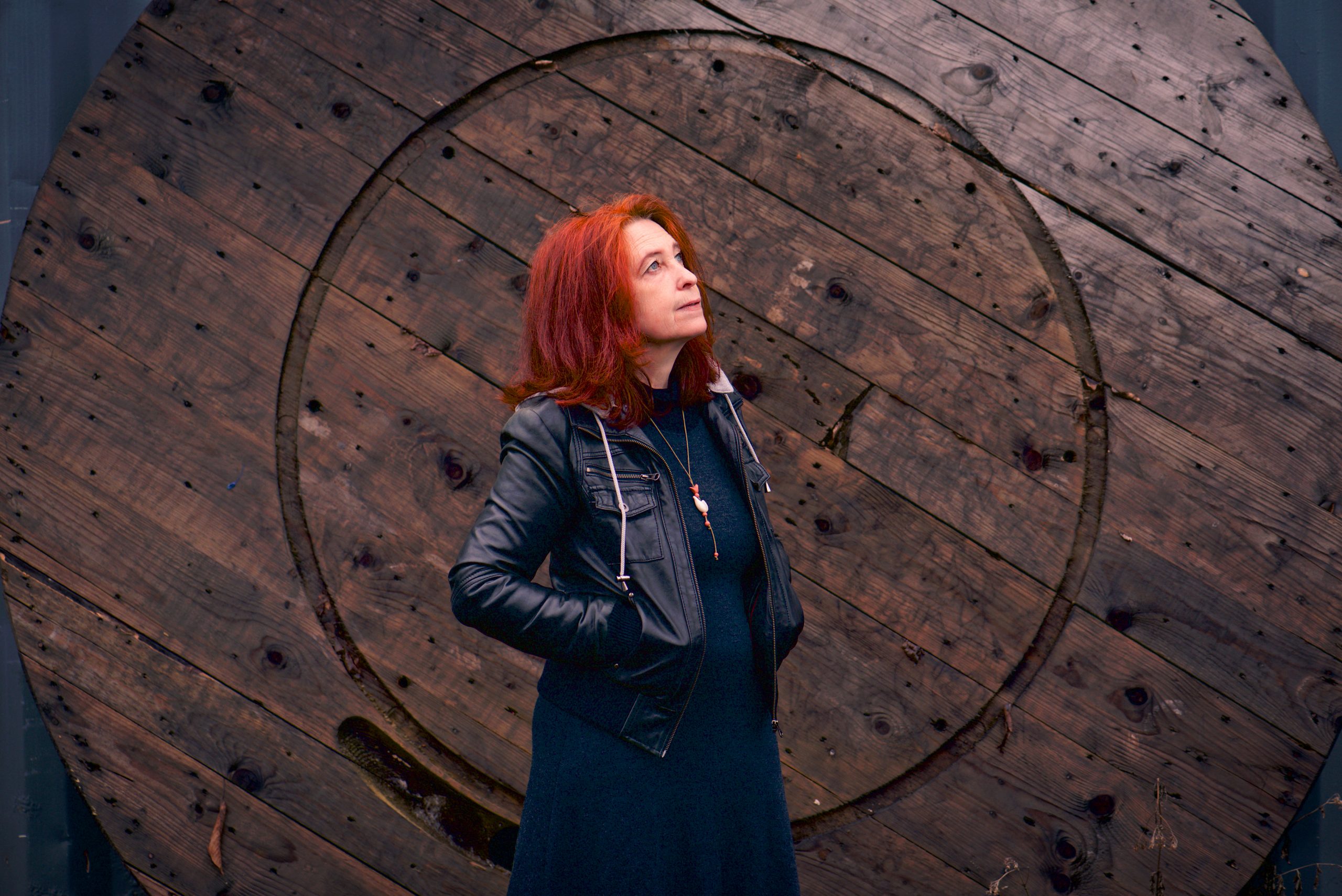THE FRENCH composer and multi-instrumentalist Christine Ott can never be accused of running with the pack in her compositional aesthetic; down the years since her first release, Solitude Nomade, in 2009, she’s really pushed the possibilities of modern composition, not in experimenting for the sake of it, but in trying to express and elicit a deep emotional response to her creations.
She’s returning to Manchester’s Gizeh Records for her fourth album for that imprint, Time to Die, the sequel to the highly regarded 2016 album Only Silence Remains; since when she’s worked alongside Tindersticks, composed soundtracks, released the haunting pastoralism of Volutes with her side-project trio Snowdrops (which we fell hard for and reviewed here).
A pianist, harpist, vibraphone player and percussionist of the absolute top stripe, one thing which really sets Christine apart is her position as one of the world’s few and leading players of that most recherché of early electronic instruments, the ondes Martenot. What’s that? You may well ask: for an underrated instrument it certainly is.
To précis: the ondes Martenot was patented by Maurice Martenot in 1928, the same year as the theremin was patented in Russia. Maurice had been a radio operator in the First World War, and had become enamoured with the musicality generated by radio tones; he sought to bring those tones to a controllable device.
Broadly similar in action to a theremin, the user wears a metal ring, which is then slid along a wire to create tones; later examples brought keyboard for user simplicity. Being built to order, they weren’t the sort of instrument you could pick up to have a go at.
Her aesthetic: to elucidate strong sensations, powerfully evoked, calling on her skills with whatever instrumentation deemed necessary; as well as those mentioned above, on Time To Die she also plays the Roland Jupiter8 and Korg Monotrons synthesisers; timpani and tubular bells; sings. All of which talent is entirely in the service of the music she makes, which seems to come from deep and otherly places.
The album is conceived as a musical fresco in eight chapters, a sensory journey between the world of the living and the dead, for which Christine weaves the deepest songline.
We’re pleased as punch today at Backseat Mafia to be premiering “Landscape”, a single taken from the album – you can hear it below.
“Landscape” cleaves to pastoralism, a simple motif ringing with paused nuance, Christine’s voice high and otherworldly in the vein of Morricone collaborator Edda Del’Orso.
She’s multitracked, has a mastery of the high register, on this track actually taken a vocal part originally conceived for the ondes Martenot; and she urges the tune ever on as it begins to canter, clear as a spring dawn.
Christine says of the track: “’Landscape’ is a very open piece for me; very welcoming. There is something of the interior landscape, of great intimacy, but at the same time a breath of great spaces.
“Maybe I was inspired from afar by “In a Landscape” by John Cage, or certainly even more by the film End, by Artavazd Pelechian.
“‘Landscape’ is a piece that I composed a few years ago now. I had composed it when I was creating the show 24 heures de la vie d’une femme, when I was alone on stage, with a grand piano and my ondes Martenot (in fact Ambro Oliva’s ondéa) in the middle of a field of winter trees and lights.
“I think I had initially imagined the piece for piano and Martenot, but I decided to sing the ondes part. In the end the piece remained as it is now.
“It could have been released on Only Silence Remains, but it did not find its place in the drama of the record.
“‘Landscape’ is a survivor of this time in a way. On Time to Die, each piece of which was recorded at very different times and under very different conditions.”
“Landscape” is out as a single today on all digital streaming platforms.
Christine Ott’s Time To Die will be released by Gizeh Records digitally, on CD and on limited blue vinyl on April 9th; you may pre-order yours direct from the label, here.














No Comment